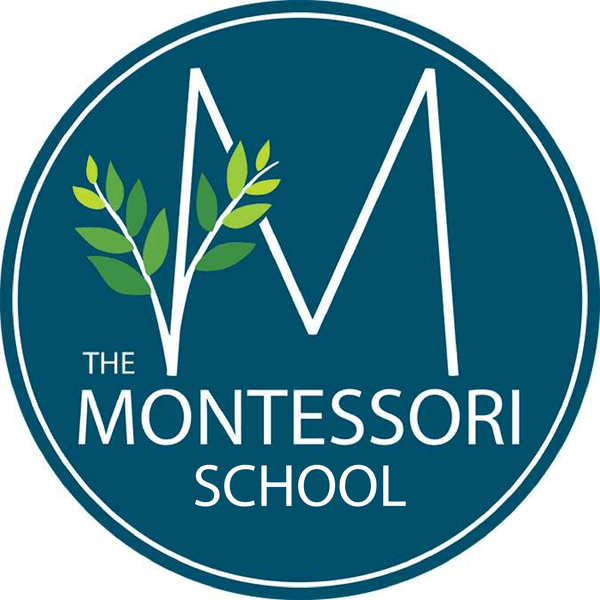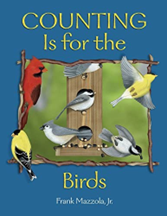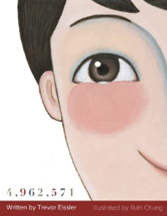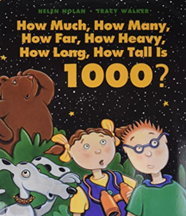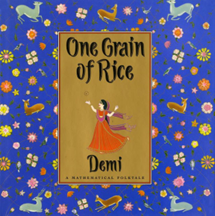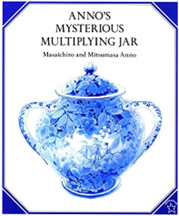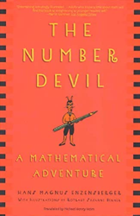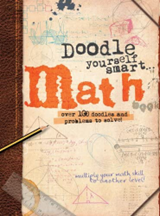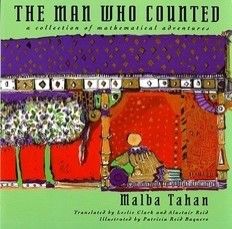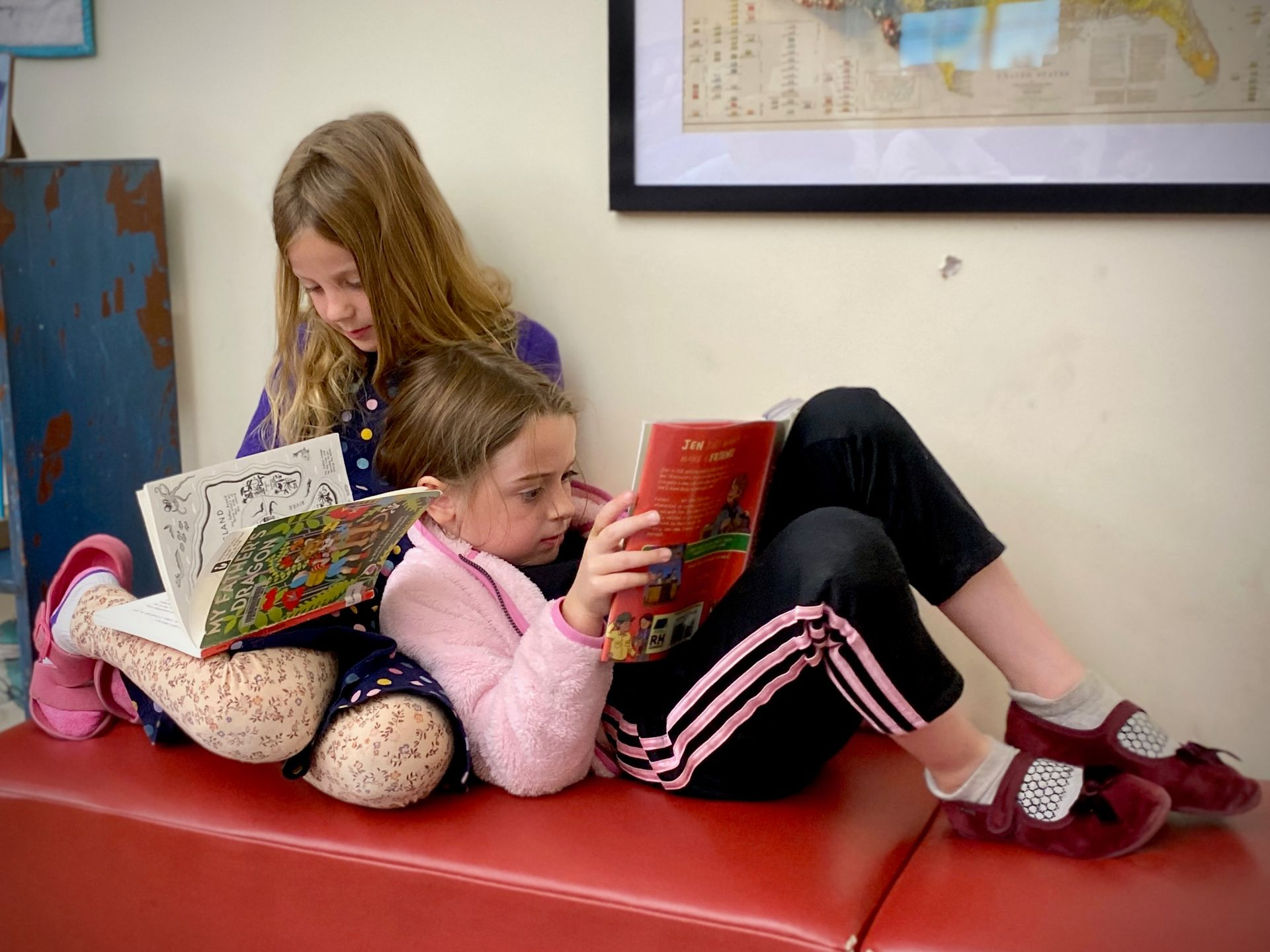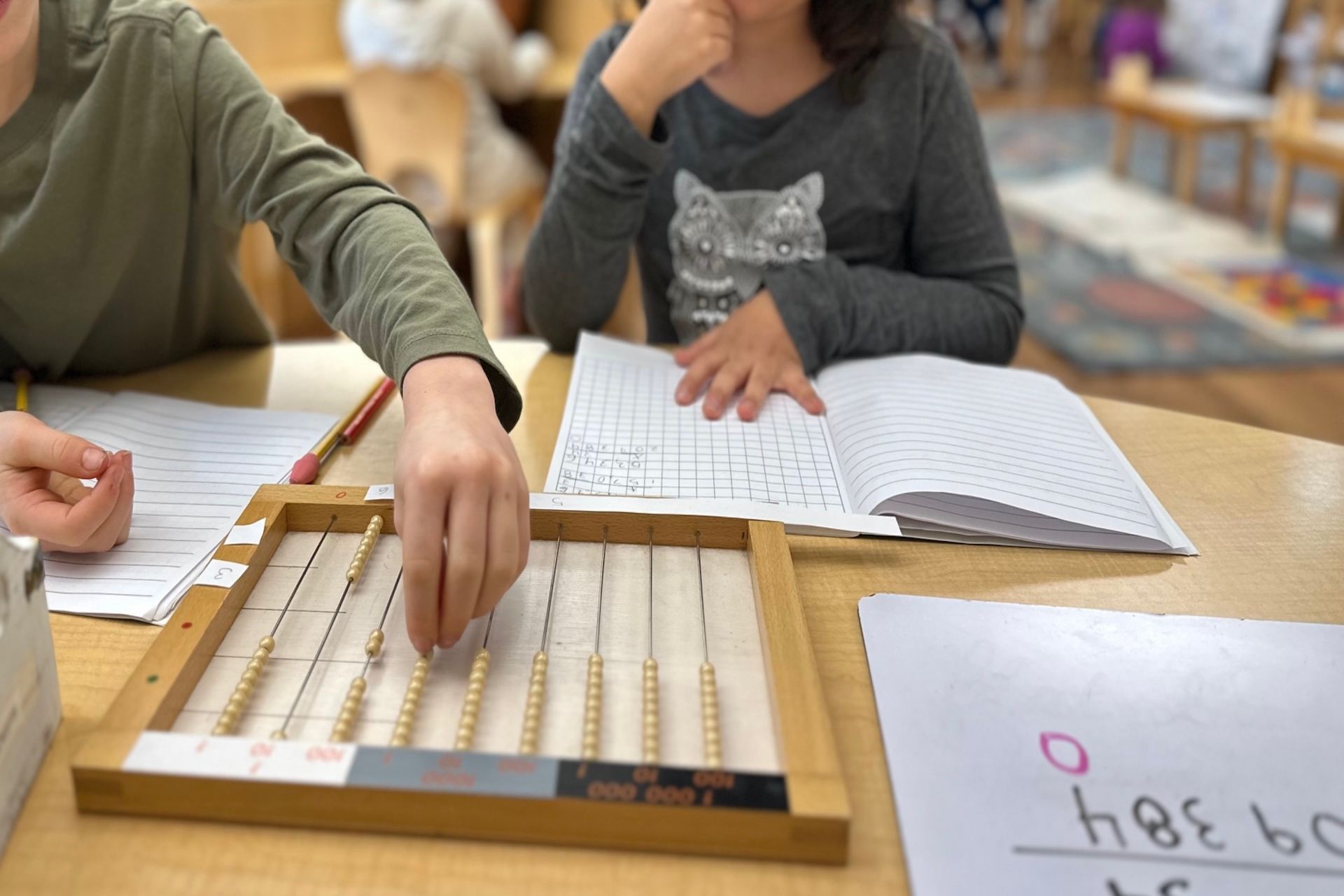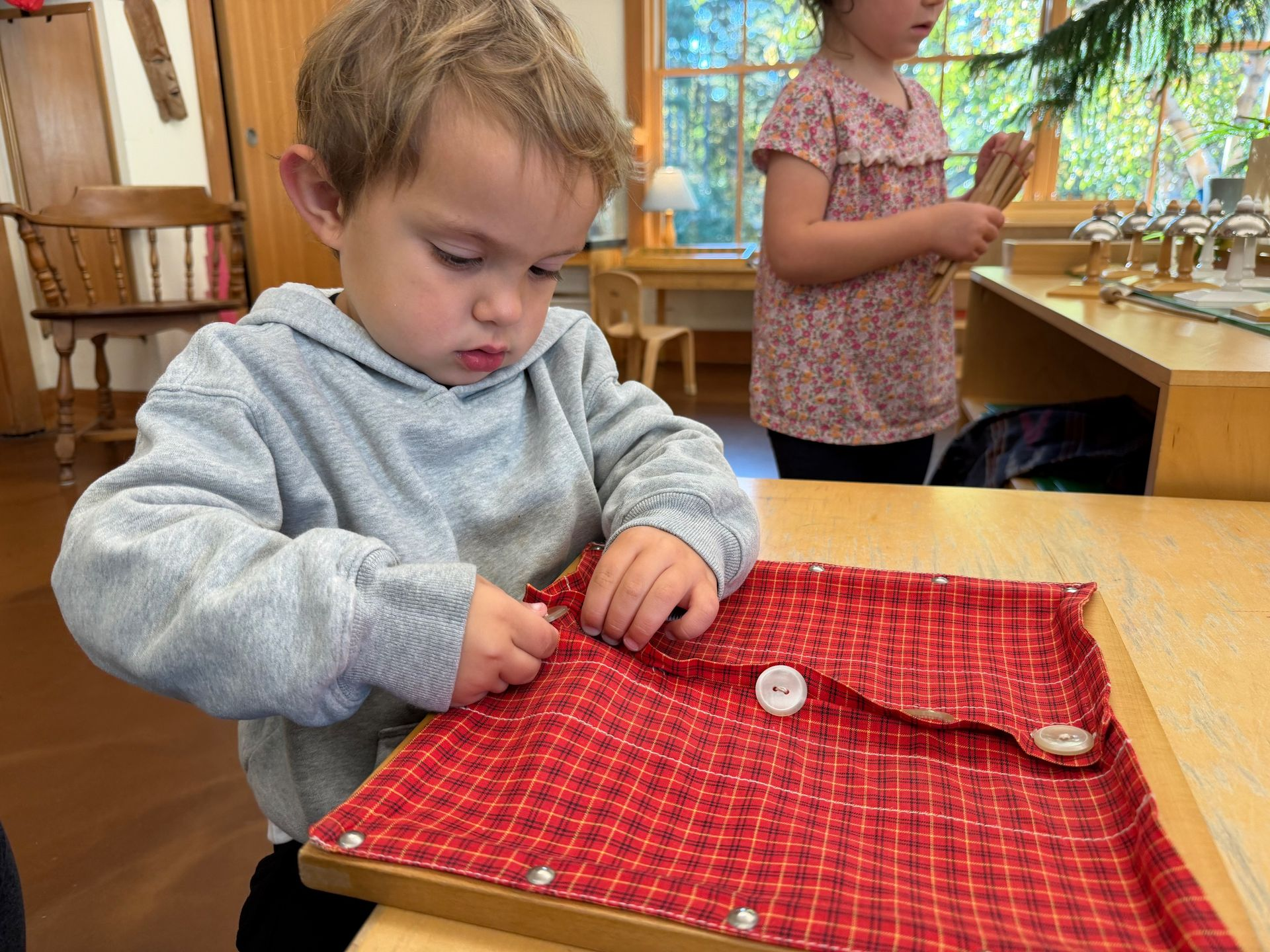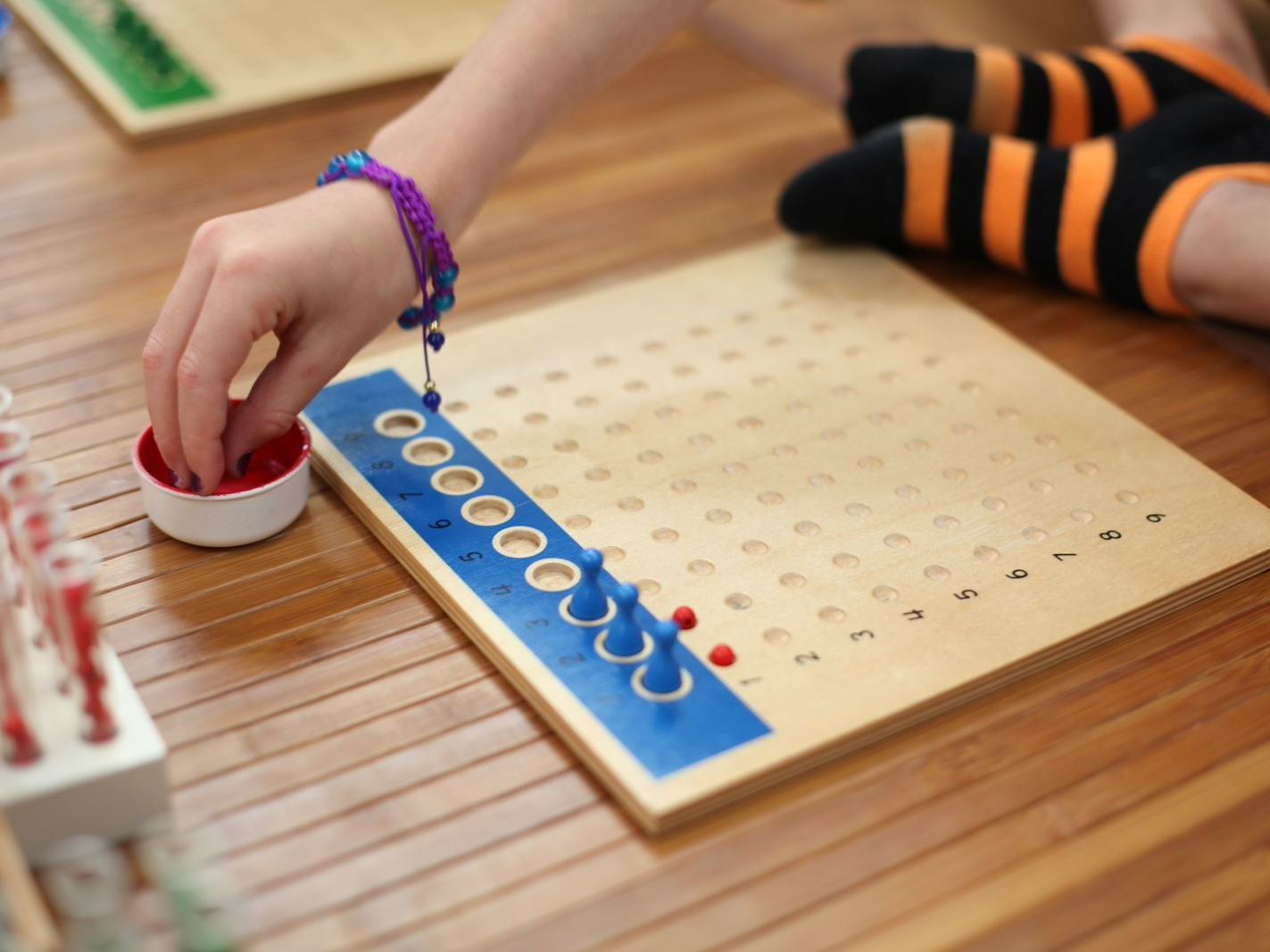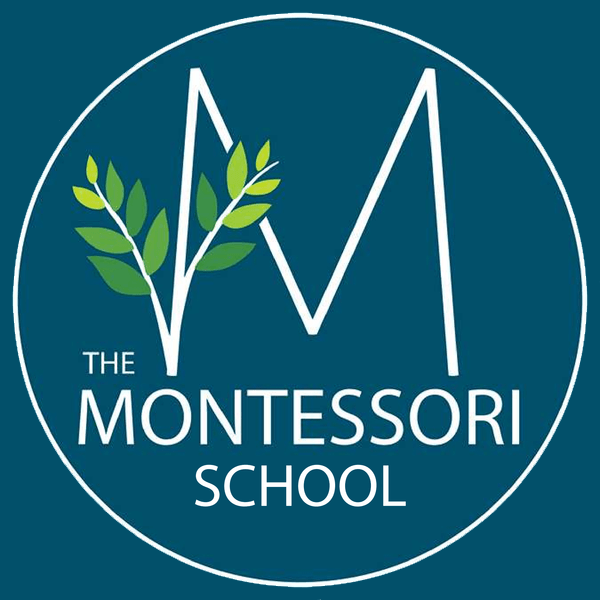Our Montessori Bookshelf: Mathematical Thinking

As humans, we are predisposed toward order, exactness, and precision. With this tendency to abstract and imagine, we could be said to have a mathematical mind. Children, young and old alike, are drawn to numbers and mathematical ideas.
For thousands of years, math has been a part of the human search for meaning. We have long tried to quantify our natural world. From carbon dating artifacts to analyzing voting trends in politics, from understanding traffic patterns to examining climate change, math continues to be an integral part of our search for understanding.
Learning to think in mathematical terms is an essential part of becoming a person adapted to our time and place. Math is such an integral part of our lives and we feel that it’s vital to ensure our children are not only in touch with mathematics but also captured by the beauty and wonder of math in our world.
With this in mind, we pulled some of our favorite books that promote mathematical thinking for young children through early adolescence.
Counting Is for the Birds
by Frank Mazzola Jr.
Written in rhyme, this picture book can be used in different ways with young children. Some may just enjoy the story and illustrations, others can clue into the counting aspect of the book, and older children might explore the ornithological details provided on each page. This is the kind of book that you can revisit again and again with your children!
Click here for a downloadable PDF of this booklist! As always you are also welcome to come
visit the school and see how we support mathematical thinking for all ages.



